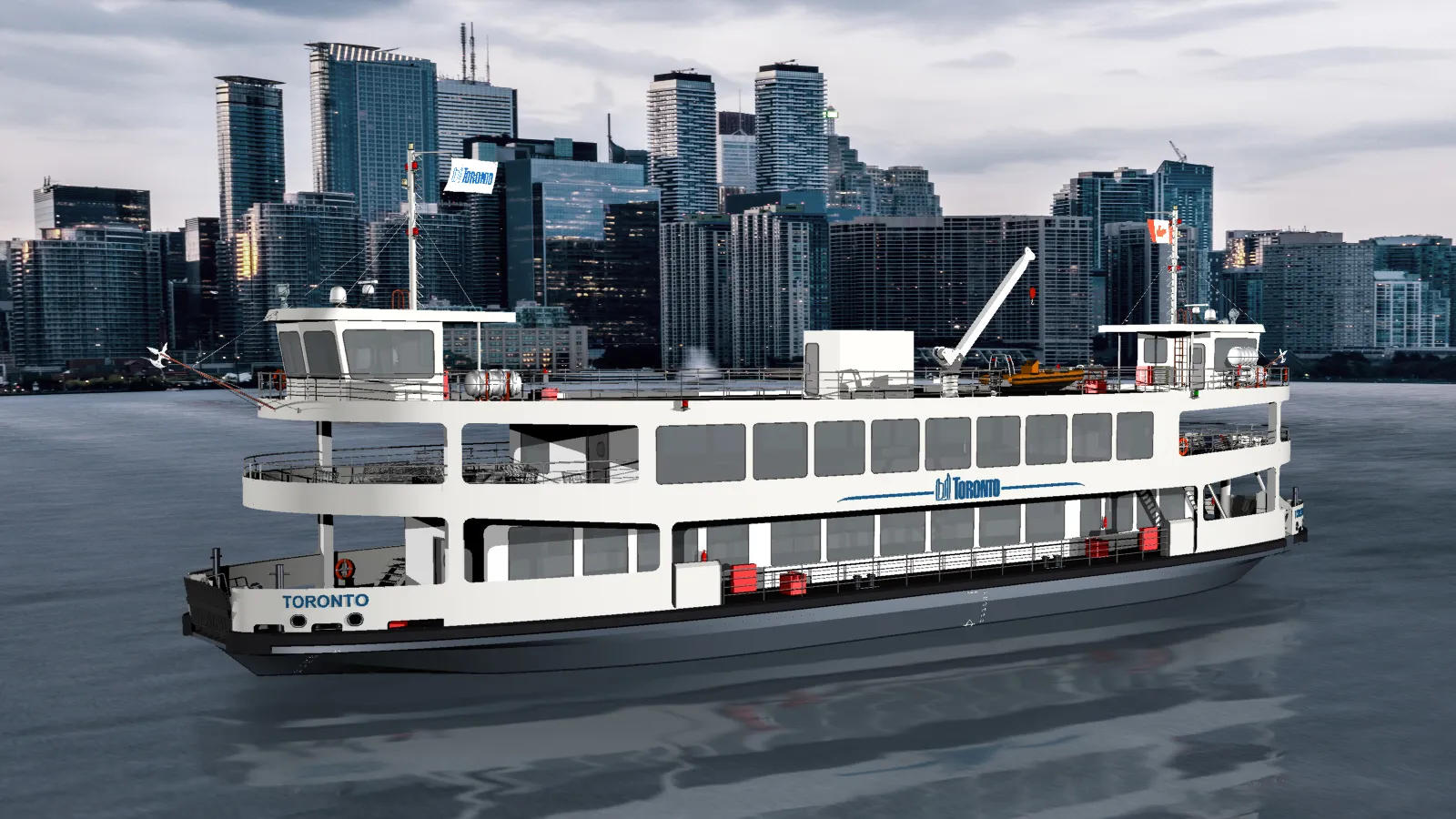Natural gas vehicles (NGVs) have been available to varying degrees since the 1970s, and earlier in some parts of the world. Despite this long history, adoption varies significantly from region to region, with NGVs used mainly for commercial vehicles in North America and parts of Western Europe and for consumer markets in parts of Asia and the Middle East. The primary growth drivers in these countries are the favorable economics of natural gas, the reduction of oil imports, the environmental benefits of lowe
May 21, 2012
Read time: 3 mins
Natural gas vehicles (NGVs) have been available to varying degrees since the 1970s, and earlier in some parts of the world. Despite this long history, adoption varies significantly from region to region, with NGVs used mainly for commercial vehicles in North America and parts of Western Europe and for consumer markets in parts of Asia and the Middle East. The primary growth drivers in these countries are the favorable economics of natural gas, the reduction of oil imports, the environmental benefits of lower greenhouse gas emissions, and the availability of vehicle and refueling stations.
According to a new report from5644 Pike Research, worldwide NGV sales will increase at a healthy pace over the next several years, rising from 1.9 million vehicles per year in 2010 to more than 3.2 million units annually by 2016.
“Corporate and government fleets are the strongest adopters of natural gas vehicles,” says senior analyst Dave Hurst. “Not only will this trend continue, but in fact fleet sales will increase as a percentage of all NGV sales, representing two-thirds of the total market by 2013. More and more fleet managers are attracted to the lower fuel costs of natural gas, in addition to the opportunity to reduce their vehicles’ carbon footprint.”
Hurst adds that refuelling infrastructure remains a key challenge for the NGV market, and the ratio of vehicles to stations is still too high, which is particularly a hurdle for the consumer NGV market. While the number of NGV refuelling stations will increase in the coming years, Pike Research forecasts that the expanding infrastructure will not keep pace with the growth of the vehicle market. The firm expects that refuelling stations will increase from approximately 18,000 in 2010 to just fewer than 26,000 in 2016, a 5.9 per cent compound annual growth rate (CAGR). This compares to a 7.9 per cent CAGR in natural gas vehicles on the road during the same period.
Pike Research’s report, 'Natural Gas Vehicles', provides a comprehensive examination of natural gas vehicle technologies, compressed and liquefied natural gas shipping and storage, governmental incentives and regulations, and key drivers of market growth. The report includes forecasts of NGV sales, refuelling infrastructure, and natural gas usage through 2016 for light-duty vehicles and medium/heavy duty trucks and buses. Key market players are also profiled. An Executive Summary of the report is available for free download on the firm’s website.
According to a new report from
“Corporate and government fleets are the strongest adopters of natural gas vehicles,” says senior analyst Dave Hurst. “Not only will this trend continue, but in fact fleet sales will increase as a percentage of all NGV sales, representing two-thirds of the total market by 2013. More and more fleet managers are attracted to the lower fuel costs of natural gas, in addition to the opportunity to reduce their vehicles’ carbon footprint.”
Hurst adds that refuelling infrastructure remains a key challenge for the NGV market, and the ratio of vehicles to stations is still too high, which is particularly a hurdle for the consumer NGV market. While the number of NGV refuelling stations will increase in the coming years, Pike Research forecasts that the expanding infrastructure will not keep pace with the growth of the vehicle market. The firm expects that refuelling stations will increase from approximately 18,000 in 2010 to just fewer than 26,000 in 2016, a 5.9 per cent compound annual growth rate (CAGR). This compares to a 7.9 per cent CAGR in natural gas vehicles on the road during the same period.
Pike Research’s report, 'Natural Gas Vehicles', provides a comprehensive examination of natural gas vehicle technologies, compressed and liquefied natural gas shipping and storage, governmental incentives and regulations, and key drivers of market growth. The report includes forecasts of NGV sales, refuelling infrastructure, and natural gas usage through 2016 for light-duty vehicles and medium/heavy duty trucks and buses. Key market players are also profiled. An Executive Summary of the report is available for free download on the firm’s website.








